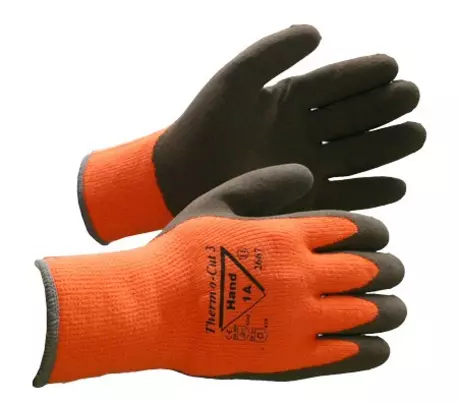Loading Hand1A for Germany
Change the country of delivery or ask for an alternative for product code JHR-2667 by contacting one of our product experts.

Hand1A Thermo-Cut Coated Cut Protection Gloves
Hand1A Thermo-Cut Coated Cut Protection Gloves
5 / 5
Change the country of delivery or ask for an alternative for product code JHR-2667 by contacting one of our product experts.
Get help from our experts
You can pay with any of the following popular payment methods:
Get in touch with our customer support if you need help
Get help from our experts